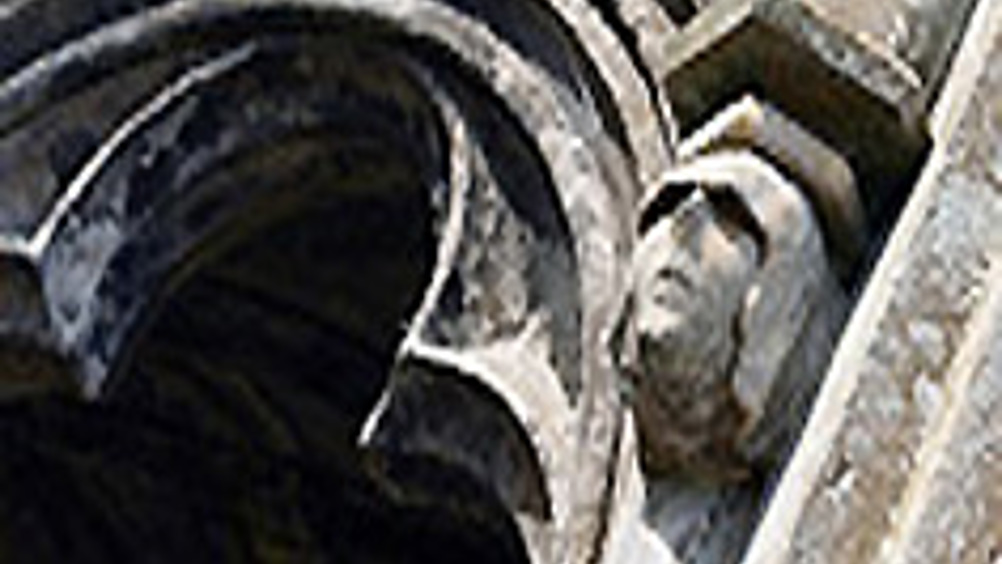Researchers test WGL's new stone-cleaning technique
Historic houses across Yorkshire that are in need of a facelift may not have to be sand-blasted in future, sparing them from possible surface damage.

Researchers from Leeds University have shown that an alternative method of industrial cleaning, using diluted acid and super-heated steam, can be used safely on the ancient stonework.
Now, the so-called ’Steamacc process’ technique is being offered by WGL Stoneclean, a stone-cleaning company in the north of England.
The process involves spraying blackened stonework with a solution of dilute acid and then washing the surface with a high-pressure jet of super-heated steam at 150oC. The acid essentially opens up the surface of the stone, allowing the steam to penetrate between and behind individual sub-millimetre-sized grains. Deposits of soot and dirt are then forced out by the power of the high-pressure wash.
The traditional method of cleaning stonework by shot-blasting the surface with sand, grit or chalk is effective but, owing to its abrasive nature, can damage the stone grains.
WGL Stoneclean asked civil engineers from Leeds University to analyse the surface of stone samples before and after Steamacc cleaning with three different strengths of the dilute acid wash. The researchers used conventional optical microscopy and a high-resolution scanning electron microscope (SEM) to look at samples of Yorkshire stone removed from buildings and a further set of samples prepared in the laboratory.
Register now to continue reading
Thanks for visiting The Engineer. You’ve now reached your monthly limit of news stories. Register for free to unlock unlimited access to all of our news coverage, as well as premium content including opinion, in-depth features and special reports.
Benefits of registering
-
In-depth insights and coverage of key emerging trends
-
Unrestricted access to special reports throughout the year
-
Daily technology news delivered straight to your inbox










Renewables Surge But Emissions Continue To Creep Up
"While power systems in many countries are on the cusp of – and in some cases have reached – decarbonisation" Only countries with good...